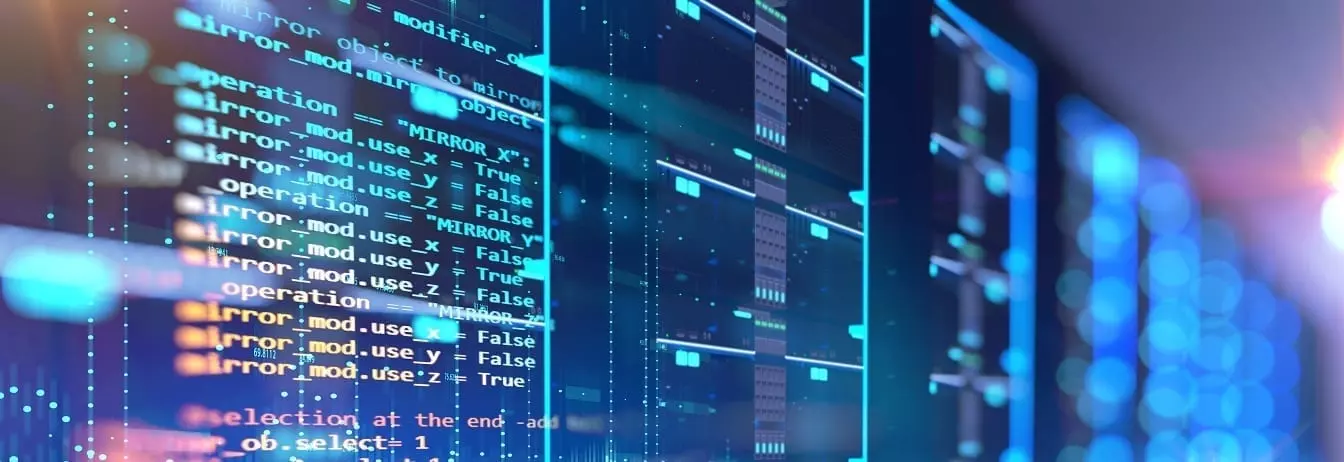
There was once a time, not all too long ago, when networks were fairly simple and would only require the deployment of new network devices or features every so often. Usually as and when new technologies on the market were proven to be worthwhile.
Integrating and configuring these new devices took time, but there were never too many of them to deal with at once and network engineers were usually fairly quickly on hand to deal with any issues or installations that were required.
However, with the rise of advanced network architectures and the Internet of Things (IoT) providing and endless supply of new network devices to connect, the numbers have now turned against us when it comes to deploying and configuring these devices manually.
In order to save time, reduce complexity, and bring down the costs associated with fleshing out networks with new devices or routers, zero touch provisioning (ZTP) has been developed as solution to these issues.
But, what is zero touch provisioning and how does it enhance network automation? In this article, we’ll provide an answer to this question as well as examine its role within network automation and take a look at some of the benefits it can bring.
So, let’s jump straight into it.
What Is Zero Touch Provisioning?
Zero touch provisioning is a feature that allows for switches and devices to be configured automatically, without the need for manual human intervention. As mentioned previously, in the age of the Internet of Things, manual configuration of devices and switches is both costly and requires what can often be a huge amount of time and effort, depending on the size of network.
This is achieved through the use of automatic provisioning and configuration systems within the design of the device and is aimed at reducing the workload and effort typically required when installing and configuring new devices.
In a typical set up, once a device has been powered on and installed, a request is sent out through either Dynamic Host Configuration Protocol (DHCP) or Trivial File Transfer Protocol (TFTP) to locate its image and configuration settings, which would be stored centrally on the network.
Once its image and configuration settings have been located they are automatically installed upon and applied to the device, without the need for manual intervention by a network engineer. It is hoped by many that the vast majority of network switches and devices will come equipped with some form of zero touch provisioning in the near future.
What Is ZTPs Role in Network Automation?
Now that we understand what zero touch provisioning is, we can start to take a look at the role it plays within network automation.
Building and expanding networks, both locally and internationally, has become a pretty common activity for many businesses and organisations in various different industries around the world and legacy networks are quickly becoming redundant in today’s world.
As technologies such as cloud-based services, artificial intelligence (AI), mesh networks, and edge computing continue to shape and direct the evolution of network architecture, more advanced solutions are required.
In order to for automation to be both beneficial and successful for those businesses and enterprises looking to utilise it, it can’t require more effort to integrate than the challenges already facing network engineers. This is where ZTPs role in network automation becomes clear.
With the help of zero touch provisioning and other cutting-edge technologies such as AI and 5G, network architectures could one day soon become entirely automated, a transition that would likely benefit industrial, commercial, public and private interests.
However, in order for this to become reality, technologies such as zero touch provisioning would have to prove itself to be beneficial enough to everyone to spur on a wave of widespread adoption and integration of the technology.
What Are the Benefits of Zero Touch Provisioning?
There are several benefits of zero touch provisioning that are making it an exciting and widely-observed technology and news and developments regarding its progression are widely covered. However, there are four main reasons as to why people are turning to ZTP, and here they are.
Automation
Automation is potentially the biggest reason as to why ZTP is currently proving so popular amongst network developers and engineers. With the Fourth Industrial Revolution currently underway, the race to automate as many systems as possible has begun.
Automation tools such as zero touch provisioning that not only help to automate and enhance certain aspects of a network, but also help companies begin to transition to more automated systems slowly, without the need for major overhauls, will be highly desirable over the next few years.
Reduces Complexity
Reducing network complexity is another huge benefit that zero touch provisioning can help to bring about. Every industry on the planet is currently looking into ways in which they can reduce the complexity of their networks, with industries such as manufacturing and healthcare being two prime examples.
As more and more network devices and switches gain various features and functions, the requirement for additional devices to be connected to a network is growing. However, with ZTP, this doesn’t have to mean network complexity does too.
Saves Time, Money & Effort
As was previously outlined earlier on, installing and configuring each network device and switch is a painfully long experience and requires a good deal of effort and knowledge. This can also have other effects felt elsewhere in the business, the finance department, for example. However, being able to save both time and effort with zero touch provisioning makes ZTP a highly desirable solution.
By enabling the automatic addition and configuration of network switches and devices, without the need for human intervention, zero touch provisioning can reduce financial outgoings and enable network engineers to focus their efforts on other important aspects of their job.






